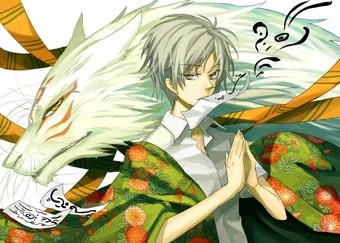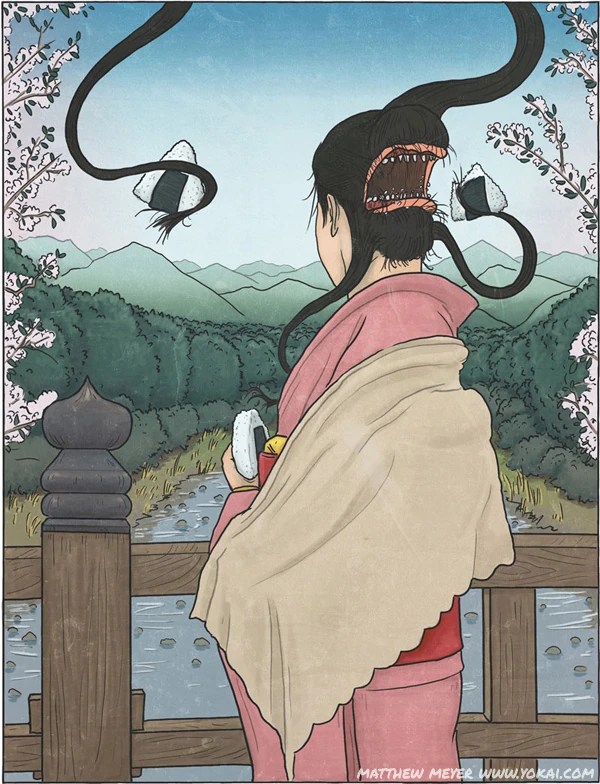[Herunterladen] 58 Folklore Hone Onna

Over the centuries it has been adapted into puppet shows kabuki plays rakugo and films and remains an influential ghost story today.
Folklore hone onna. Perhaps the most famous hone onna is otsuyu from botan dōrō or the tale of the peony lantern. Bone woman is a yōkai depicted in the konjaku gazu zoku hyakki 1779 by toriyama sekien. Hone onna bone woman appear to their victims as lovely young women. Hone onna 骨 ほね 女 おんな literally. Hone onna is a skeleton with an enormous appetite for sex and death. Botan dōrō was introduced to japan in the 17th century from an old chinese ghost story. The hone onna 骨女 hone onna as her name says is nothing more than a skeleton who tricks men by portraying herself as an attractive woman.
Even after death the hone onna will keep up strong feelings for her lover what will make her rise from her grave every night and wander to his loved s house. Hone onna the skeleton woman is a yōkai a japanese demon often depicted as an aged female that carries a lantern decorated with botan flowers and visit the house of a man she loved back when she was still alive. After that she starts sucking their life force dry to the point where there is nothing but a pile of dust. As its name implies it depicts this yōkai as a woman in the form of bones. Her charm and beauty help to seduce men. Hone onna literally translated as bone woman. Yuki onna ゆき女 from the hyakkai zukan by sawaki suushi yuki onna 雪女 snow woman is a spirit or yōkai in japanese folklore that is often depicted in japanese literature films or animation.
The hone onna is a creature with origins in japanese mythology legend and folklore. This yōkai is also described as a woman whose true form is skeletal a skeleton and it is said to take the disguise of a beautiful woman. She lures her victim to a spot of her choosing and starts seducing them. Hone onna is based on a yōkai with the same name in real life japanese mythology and folklore.






























































































